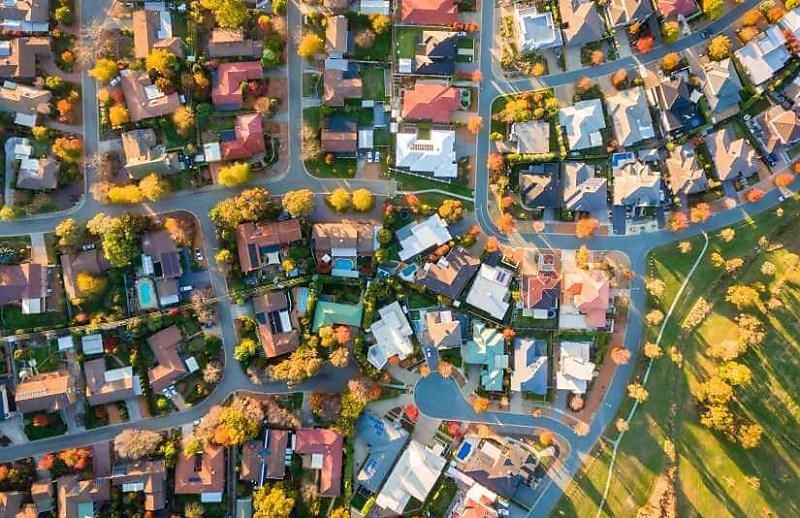You’re out of free articles for this month
RBA data showed that average household size declined from 2.9 people per household in 1983 to just under 2.5 in 2023.
“That really modest change in average household size arising from hundreds of thousands of Australians expanding the amount of housing they wanted, moving outta share houses to live on their own or with their partner or moving out of [the] family home was the biggest driver,” Brendan Coates, housing and economic security program director at the Grattan Institute, said.
“That was the equivalent of 275,000 more homes at its peak.”
To service excess demand driven by this decrease in the average household size, the issue of housing supply must be tackled, the Grattan Institute said.
State government policies that aim to increase housing density in urban areas have been a step in the right direction, Matthew Bowes, associate in Grattan’s housing and economic security program, said.
These have involved relaxing strict planning provisions to enable more medium-density housing to be built in suburban areas.
“We need to build more homes in our cities if we want to make housing affordable, and if we want to allow, say, older people to be able to downsize to homes that they are looking for,” Bowes said.
When asked about the Coalition’s policy to allow first home buyers up to $50,000 of their super to buy a home, Coates said it would largely help wealthier first home buyers and would likely drive up house prices.
“It’s certainly something that will help some people, particularly higher-income earners into the housing market,” he said.
“The first big problem with this policy, though, is it’s really not going to help those who are struggling to get into the housing market. So, it’s amongst those who are 25 to 34 years old. The poorest 20% of renting households have just $5,000 in their super.”
The policy could also increase house prices by 10 per cent by increasing all prospective buyers’ borrowing capacity at the same time, Coates said.
It would also be “a bit of a tax dodge,” Coates added, because it would see first home buyers transfer their lightly-taxed super into “the most tax-preferred asset of all, which is owner-occupied housing.”
On the topic of negative gearing and capital gains tax, Bowes said: “We [the Grattan Institute] think their impact on the housing market has at times been overblown.”
“The total value of Australia’s housing stock is currently more than $11 trillion. And rolling back these tax concessions in the way we recommend would raise about $11 billion in revenue. So, it’s just a very small drop in a very large ocean,” Bowes added.
The Grattan Institute has estimated that rolling back the tax incentives would cause house prices to fall by about 1 per cent, while decreased investment in new housing could raise rents by around $1 per week.
Looking to immigration, the Coalition’s plan to cap permanent visas from 185,000 to 160,000 over a few years would have a delayed impact on the housing market, as those with permanent visas have generally already been residing in Australia for some time.
“If we assume that 160,000 visas per year level that they’re gonna have in year four of the policy is then extended out over the rest of the decade, then we estimate that change would over a decade leave rents about 2.5% lower, than they otherwise would be,” Coates said.
However, he warned that cutting skilled migration would reduce Australia’s overall tax receipts, which could spark higher taxes or fewer government services in the long run.
“The fiscal dividend from every single one of those permanent primary visa holders on average, is about $250,000 in today’s dollars over their lifetimes, that they’ll pay more in tax than they’ll draw in services,” Coates said.

 Login
Login






